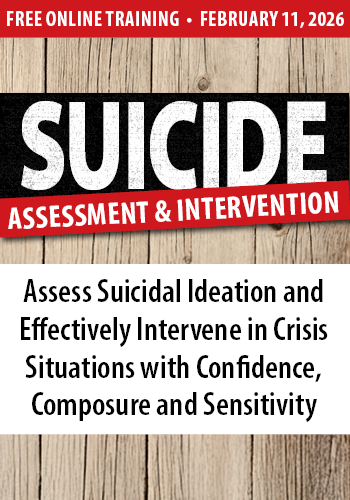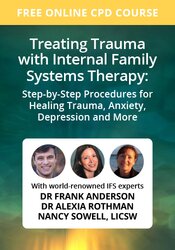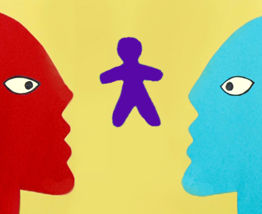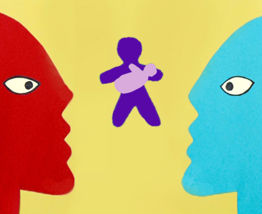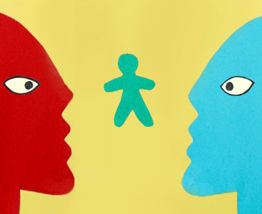Enrol in an online course today for flexible, self-paced learning—no fixed schedule required. Plus, enjoy lifetime access to course materials for convenient revisiting.
Advanced Integrative Therapy for Dissociative Identity Disorder 1/5: Understanding DID
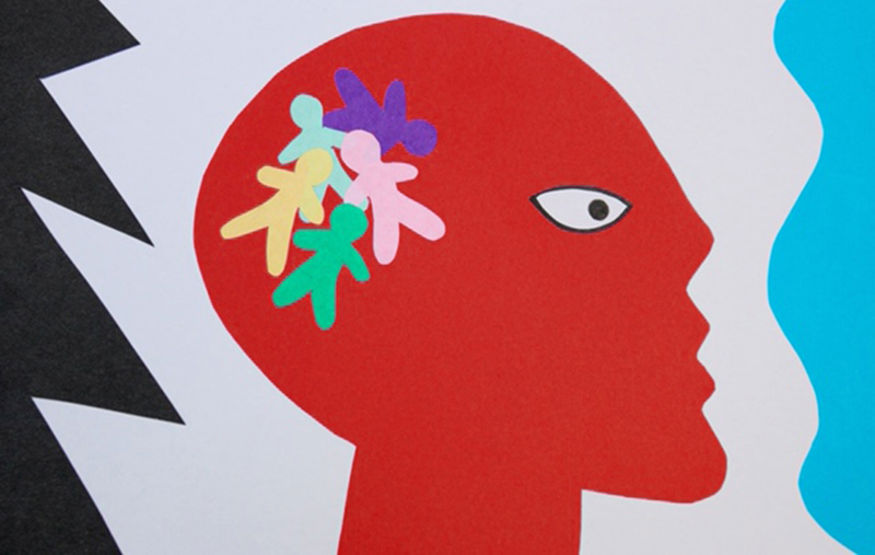
Image Credit: Gill Frost
Dissociative identity disorder is a little known and widely misunderstood condition, even within the medical and therapeutic professions. Until 1994 DID was called multiple personality disorder (MPD) and still today some people relate better to this out-dated label. In reality, DID is a natural and complex defence mechanism that develops when infants or young children experience overwhelming trauma. This might include extreme neglect, physical, sexual or emotional abuse or medical trauma.
When parents or caregivers are the source of neglect or abuse it means the little ones cannot trust them or form secure attachments. Hence they feel frighteningly alone in the world, which is yet another trauma for them to deal with. In order to survive they have to dissociate. Parts of them go into the realms of unconsciousness where they hold the traumatic memories and associated emotions. In addition to this, because the trauma happens at a sensitive developmental stage, problems occur with personality development.
Often in later years these traumatised parts – also known as alters – make themselves known. Sometimes those with DID can be triggered by people, events or flashbacks, and find themselves in the grip of strong emotions and young behaviour that often originates from the internalised younger selves. Others might experience themselves ‘switching’. This is when young dissociated parts literally ‘come out’, as if from hiding. In such situations the individual with DID may suddenly take on the voice, vocabulary and mannerisms of a young child or a significantly different persona.
These parts have a story to tell, and a great need for someone to offer them care and healing after they have suffered for so long in silence.
I’ve come to realise a number of shocking truths about childhood abuse; firstly, that it is not rare. This has been verified more recently by some important research, including a government-backed survey in 2019. The survey reported that one in five adults in the UK had experienced abuse in childhood. In light of this, it should be no surprise to learn that DID is not rare either. Research figures do vary, and because DID is such a hidden and misdiagnosed condition it is impossible to be precise about its prevalence. But it’s estimated that there might be more people in the UK with DID than with schizophrenia.
Yet, those brave enough to seek help for DID often experience a lack of accurate diagnosis and effective treatment from professionals working in psychological services or in medical settings. This highlights another dreadful truth; that the majority of doctors and mental health workers have no core training in dissociative disorders – including DID. As a result, it is not uncommon for DID to be misdiagnosed, sometimes as schizophrenia or borderline personality disorder. This lack of professional training is unethical. There is an urgent need for change!
The first time I witnessed a client of mine ‘switch’, I was an experienced therapist, but without knowledge or understanding about DID. This meant I was deeply shocked when I unexpectedly came face-to-face with Little Vivvi, the six-year-old internal part of Vivian. I felt out of my depth and unprepared.
What a relief it was, however, to discover that it’s never too late to learn. Thanks to some excellent training from experts in the field of DID, and robust supervision, I gradually developed skills and confidence. Most importantly, I also trained in an energy psychotherapy, called Advanced Integrative Therapy (AIT), which proved to be totally life changing for Vivian and her traumatised, internal little ones. Indeed, it enabled them all to heal the wounds from the past.
My next blog post will go into more detail about working with energy therapy.



